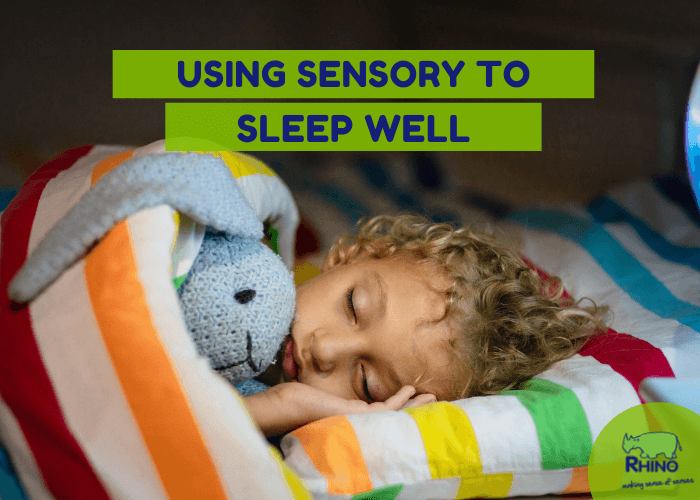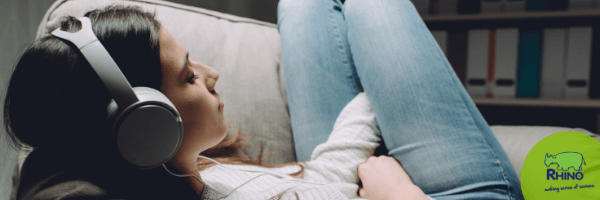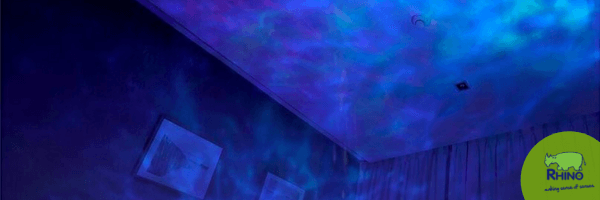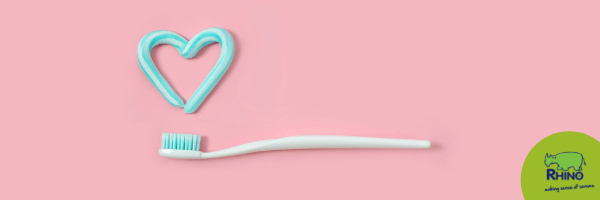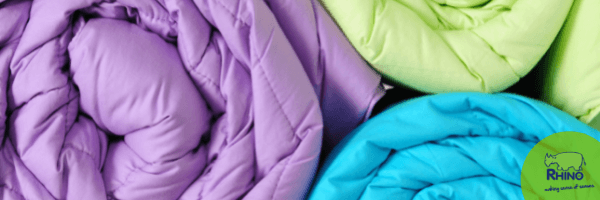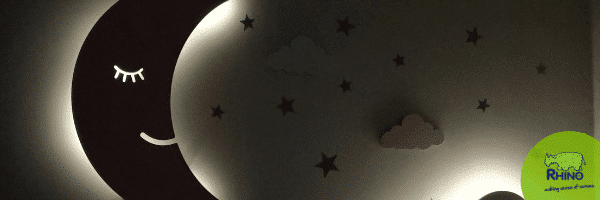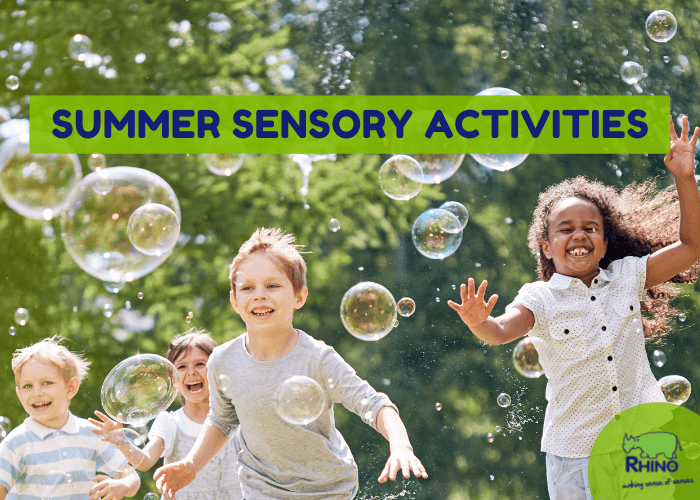In March, we were invited to attend the British Society of Paediatric Dentistry’s Study Day in Cardiff.
Dr Rohini Mohan, Swansea Bay’s Clinical Lead for Community Dental Services, invited us to listen to her presentation about caring for patients with sensory difficulties.
Over the past year, Rohini and her colleague Bethan Morgan have been conducting a study into the use of sensory resources in making treatments more accessible for younger patients with special needs, autism and sensory processing difficulties. One of our Sensory Voyagers has been a key part of her study, and Rohini was keen for us to bring one to the conference so her colleagues could see its sensory magic in person.
We had a fantastic day at the event. And to make sure you don’t miss out, we’ve put together the top 5 things we learned from Rohini’s presentation.
1. Hospital settings are naturally overwhelming environments.
Everyday spaces we take for granted can be sensory nightmares for children with sensory issues.
Hospitals, with their bright lights, white walls, busy corridors, and odd smells and sounds, create an unusually overstimulating environment that can be difficult for people with sensory processing issues to digest.
“Unknowingly, we have been hampering how we deliver care to children who experience sensory issues,” Rohini explained. “Sensory environments within hospitals are out of our control. We should be doing more to make our treatment environments accessible.”
2. We like to talk about inclusivity, but are we always being inclusive?
Making treatment environments more accessible for patients with sensory processing issues is crucial to inclusivity. Although Bethan was keen to point out that “other barriers to dental care can make it difficult for autistic patients to receive treatment.”
These include cognitive and physical disabilities, difficulty with communication, and anxiety, which is one of the main issues in access to dental services, especially for people with learning difficulties.

3. Thank You, Wendy Sparkle!
After catching sight of one of our portable Sensory Voyager trollies wheeling around Bridgend Hospital, Rohini came up with the idea to use the Sensory Voyager to calm and relax patients before their treatment.
Wendy Sparkle, one of the hospital’s play specialists, explained to Rohini what the Voyager was, what it could do, and how it would be helpful for children with additional needs.
Rohini asked if she could borrow it, and Wendy agreed, kickstarting Rohini’s big inclusive sensory experiment.
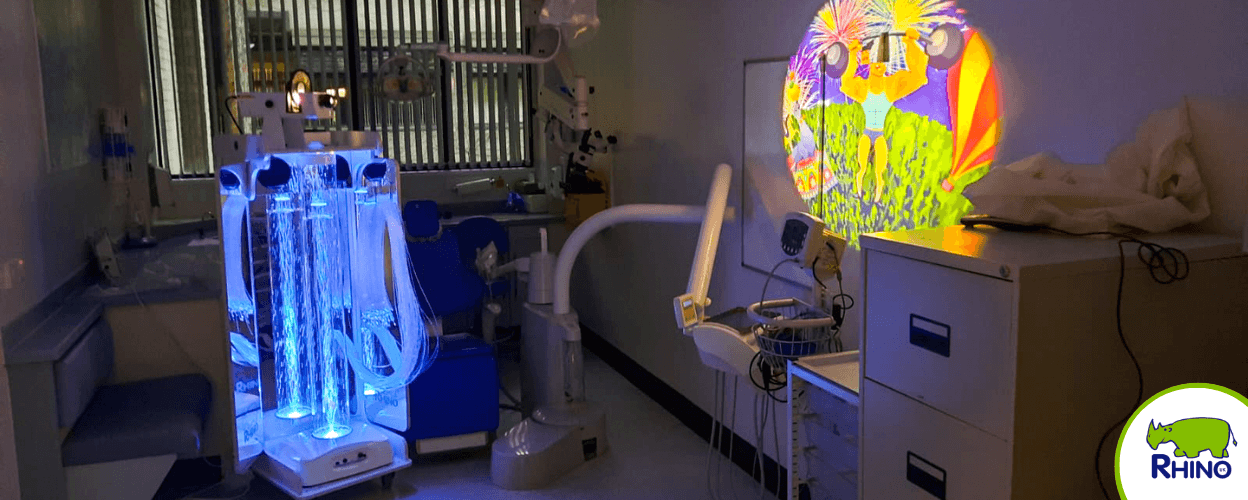
4. The Sensory Voyager ‘Worked Like Magic’
After using the Sensory Voyager in her clinic for just over a year, Rohi and her team concluded that the sensory trolley had made a hugely positive impact on the levels of care they could provide to children with additional needs.
“Our patients were so focused on the voyager, they didn’t get too agitated, and they were happy to sit around and play with the fibre optics, watch the lights, watch the bubbles go up and down – it was amazing.”
- Anxiety from patients in the waiting room went from yellow and red (highly anxious), to green (calm) during treatment.
- 96% saw a change in their behaviour/ feelings when using the sensory unit, and 100% said it was a positive change.
- 91% completed their treatment, and 100% felt like the sensory Voyager played a part in that success.
- 100% would like to use the Voyager in the future.
5. A Sensory Success Story
Since completing their study, Rohini and her team have adopted another Sensory Voyager trolley. So now they have two twinkling units rolling through their clinic!
Not only are the trollies used by patients with autism or special needs, but they’re used with patients who may be simply feeling anxious before they go in for treatment.
“At the end of the day, we just want to make everybody’s lives easier. Ours, the parents, and the patients,” Rohini explained.
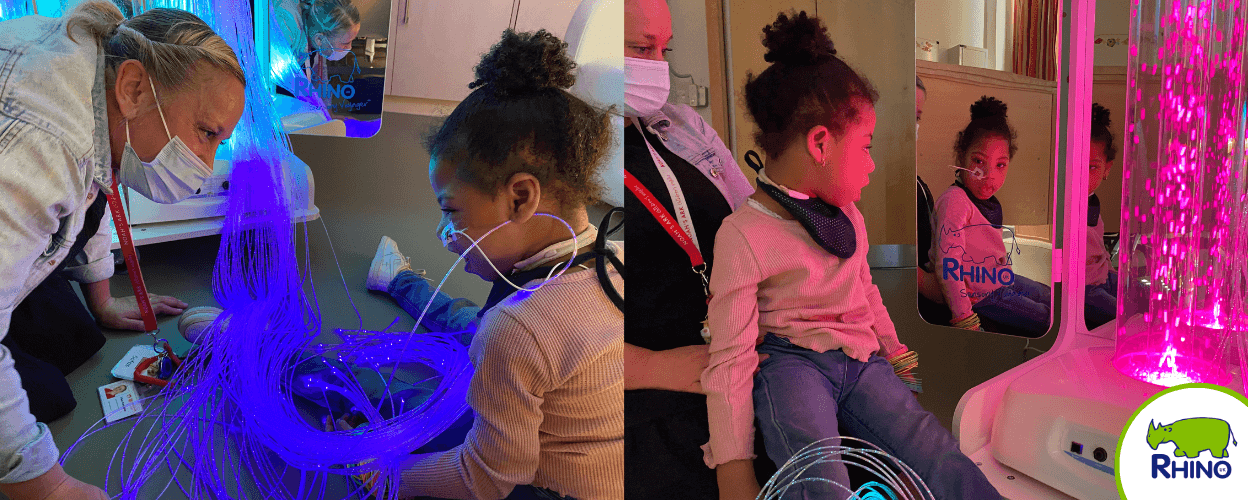
Rohini and her team will be conducting more research into the clinical use of Sensory Voyagers in treatment settings to expand their studies and explore the broader consequences of using sensory as a therapeutic distraction method.
And we can’t wait to see how far the Voyager’s magic can flow!
Find out more about our portable Sensory Voyagers. And if you have any questions about the use of sensory equipment in treatment clinics, make sure you get in touch with a member of our friendly sensory team 🙂

